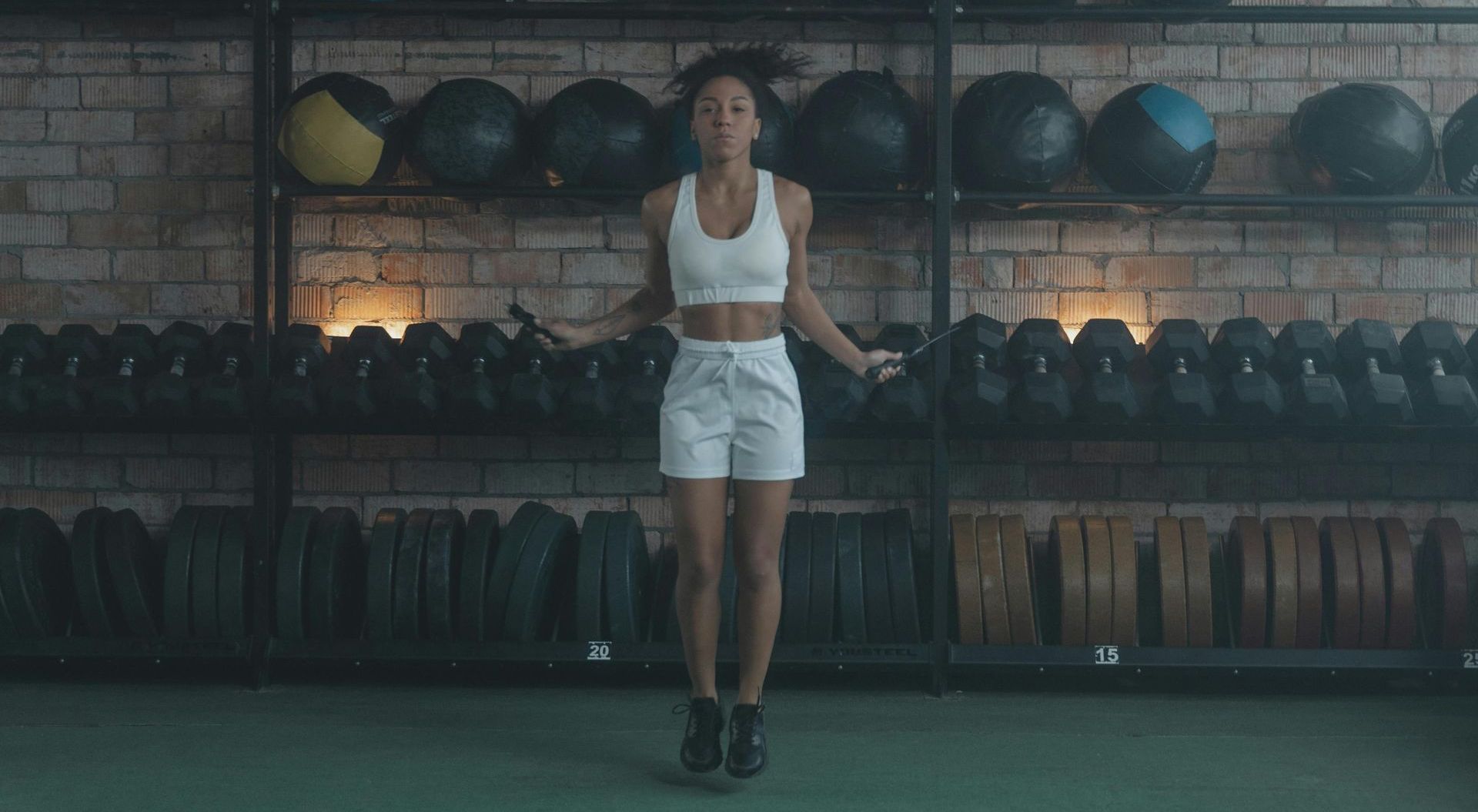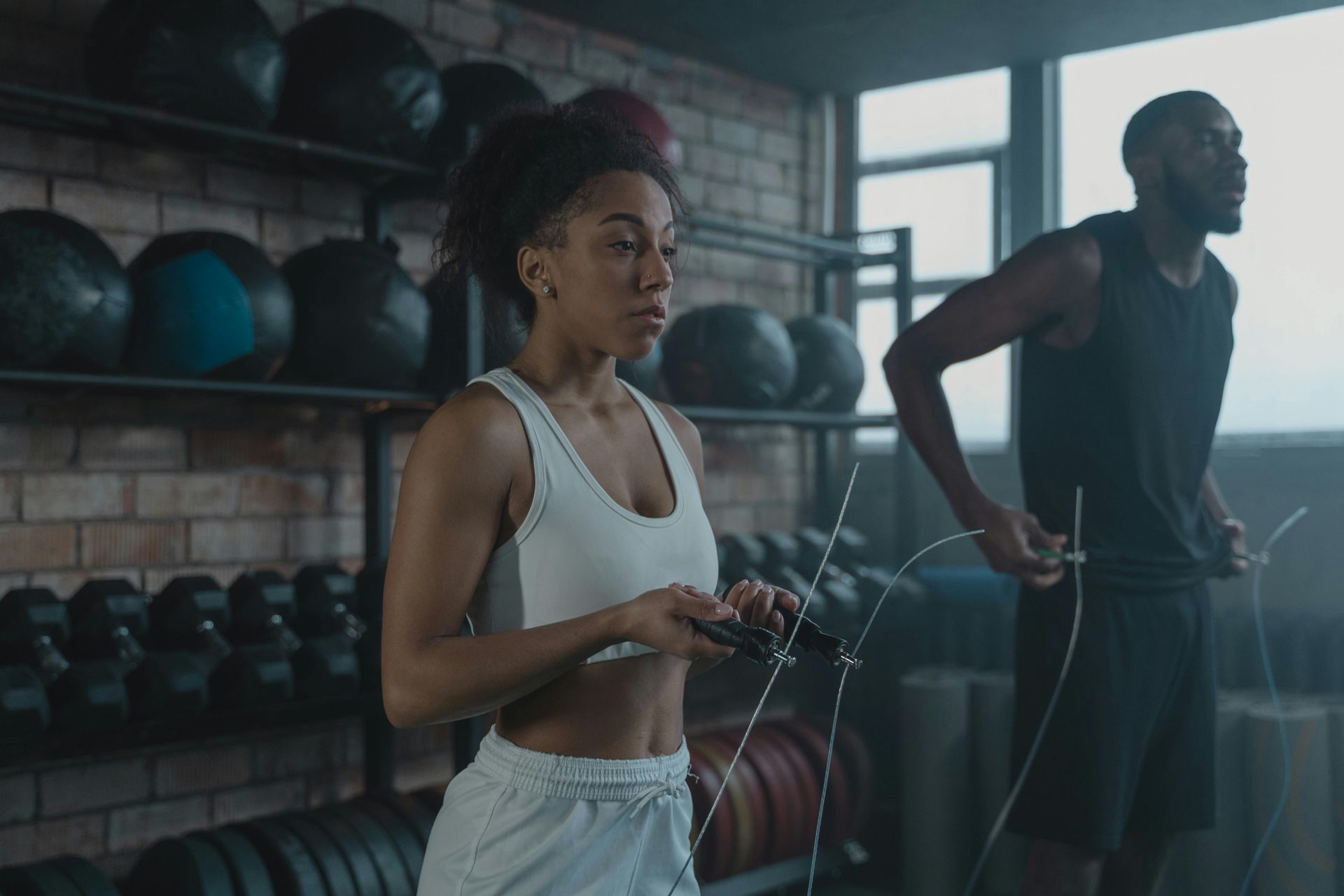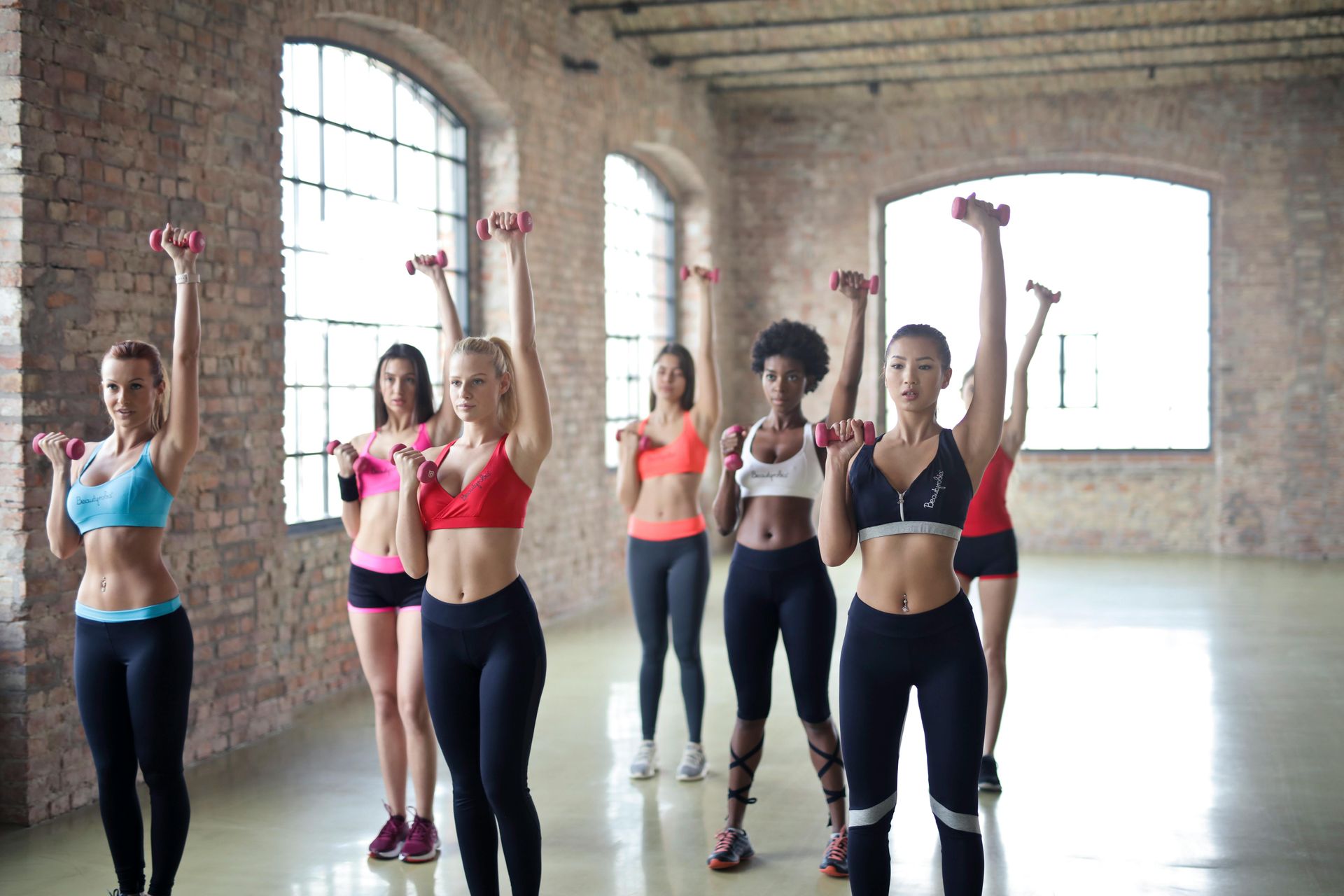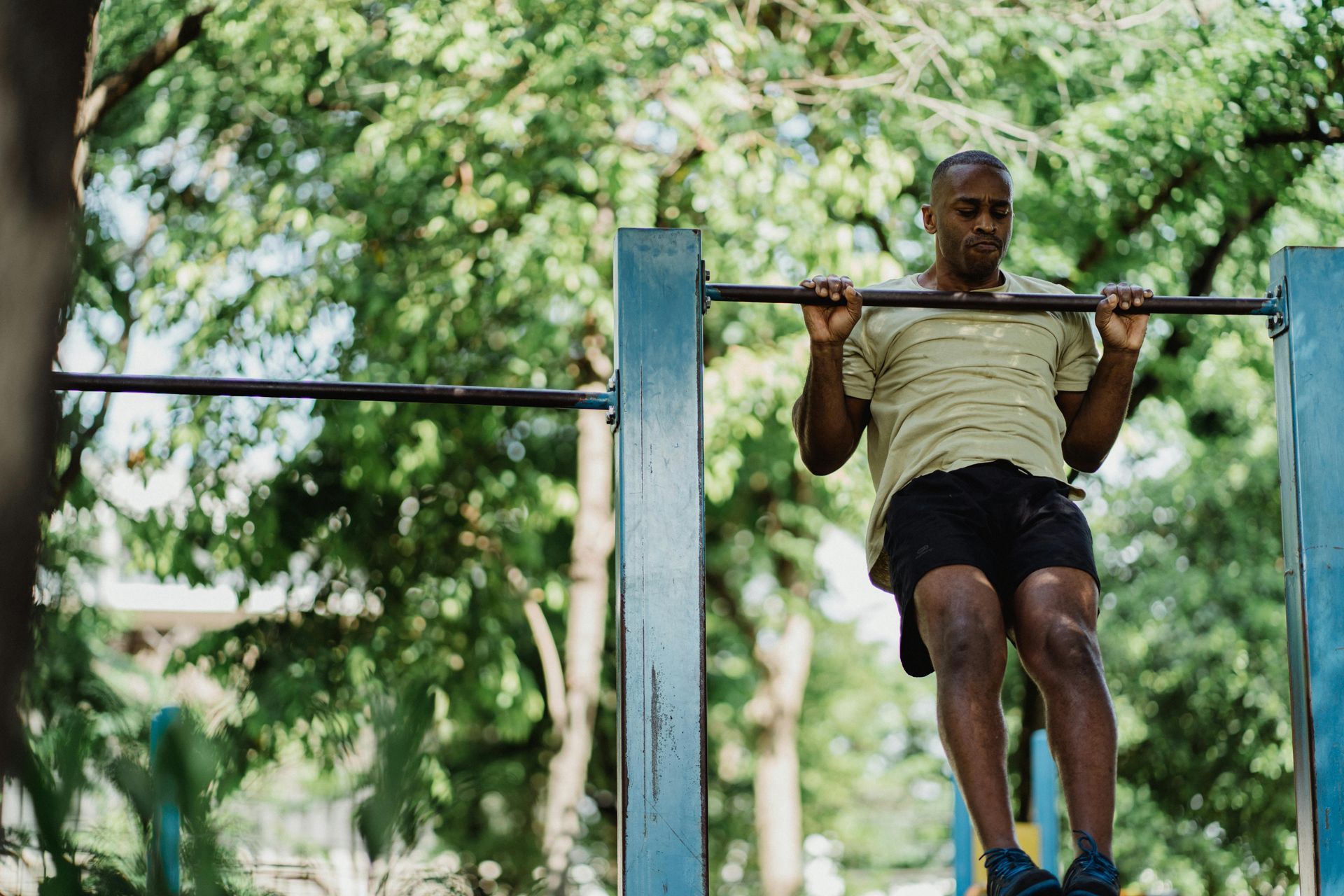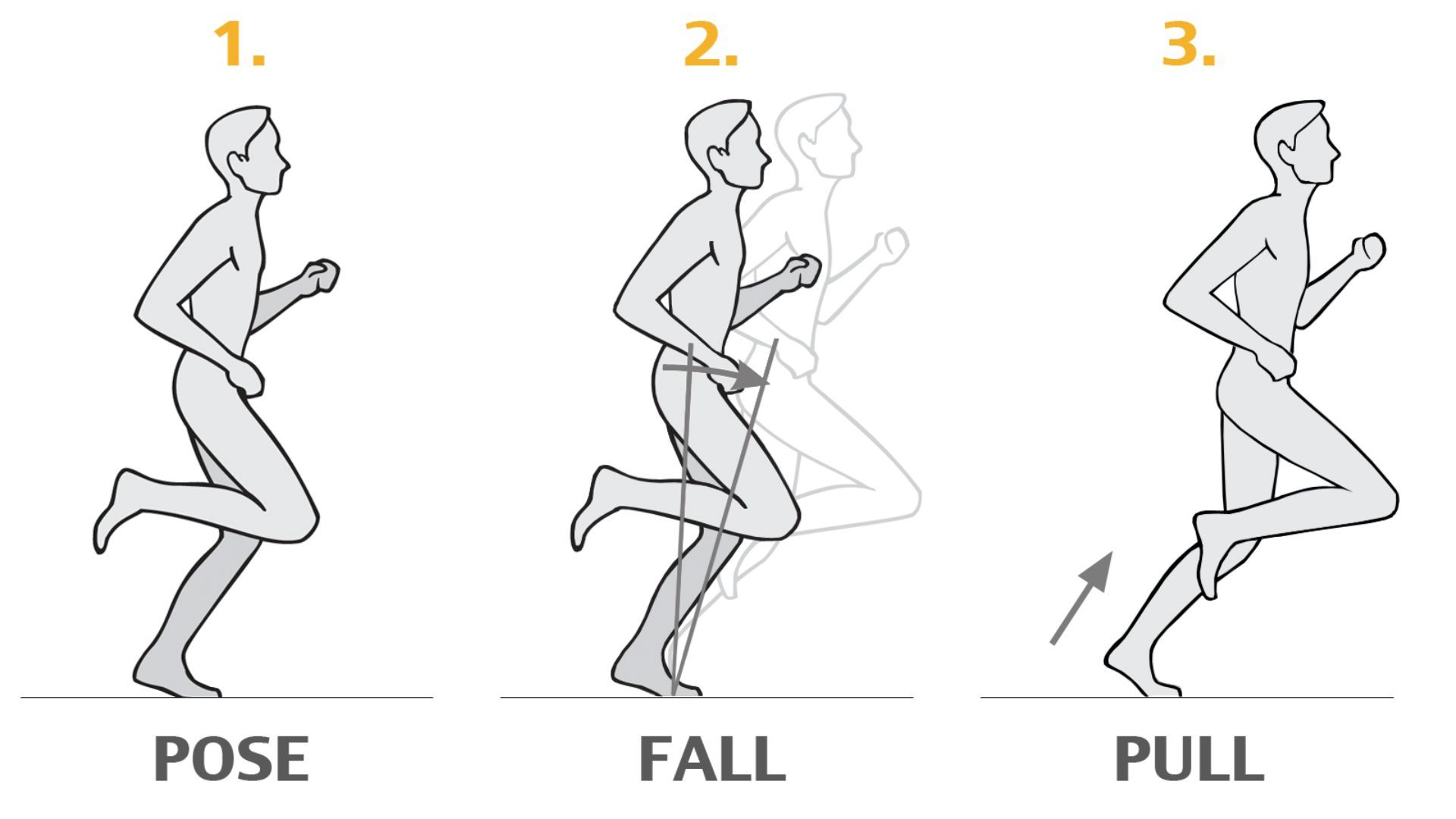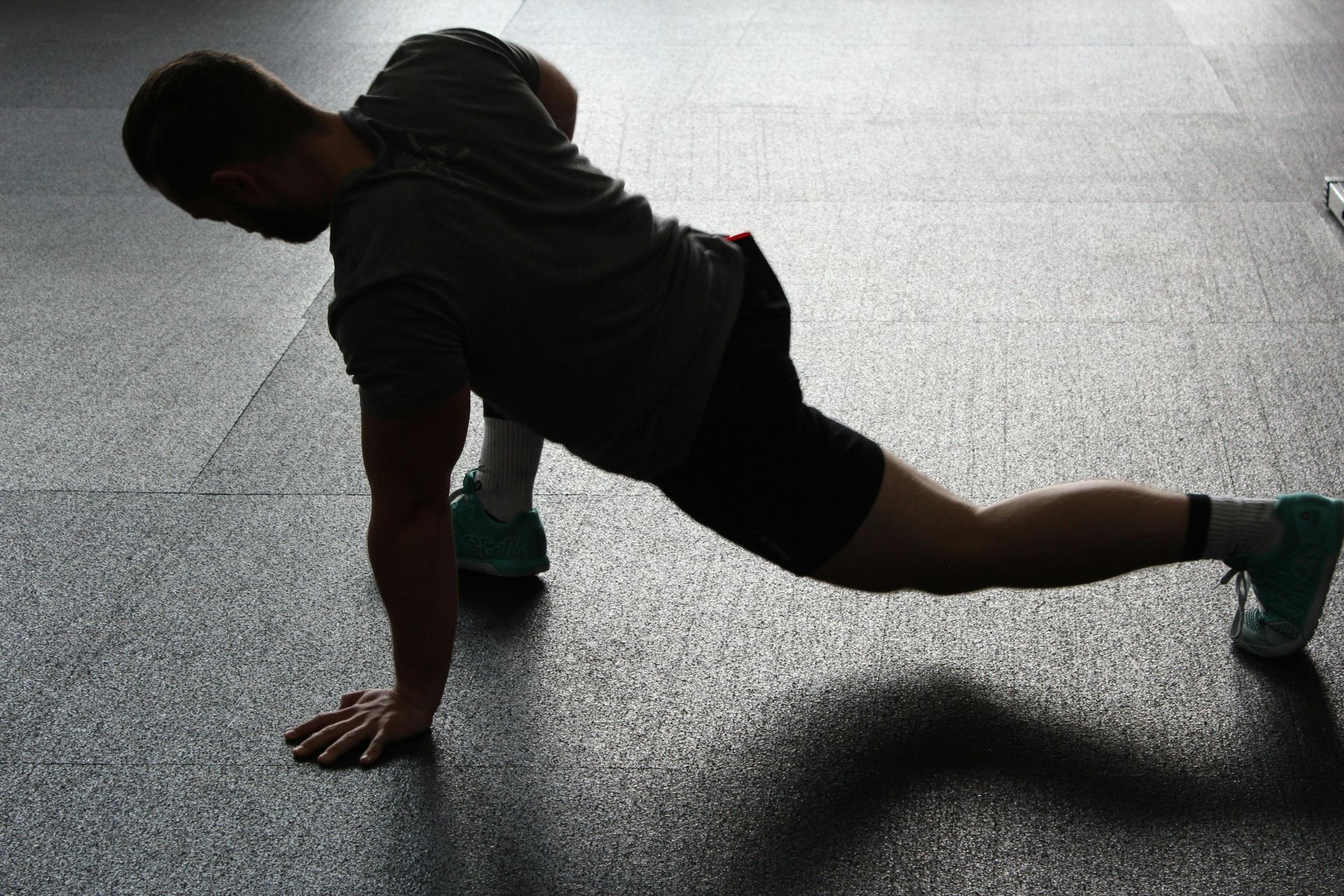Understanding the Pose Running Technique
A Comprehensive Guide
Running is one of the most accessible forms of exercise, but many runners struggle with inefficiencies and injuries caused by poor technique. Enter the Pose Running Technique—a method that emphasizes proper body alignment, balance, and efficiency. In this post, we’ll explore the fundamentals of Pose Running, its benefits, and how to implement it into your training routine.
What is Pose Running?
The Pose Running Technique was developed by Dr. Nicholas Romanov, a Russian coach and exercise scientist. It focuses on the idea that running should be a natural and efficient motion. The key elements of this technique are:
- Pose: This is the position of the body when you are in mid-stance, balancing on one leg.
- Falling: The body is positioned to lean forward, allowing gravity to pull you forward.
- Pulling: This refers to the action of lifting your foot off the ground to initiate the next step.
Key Principles of Pose Running
1. Body Alignment
Good posture is critical for effective running. In Pose Running, you should maintain a straight line from your head to your hips. This means keeping your shoulders relaxed and your arms bent at about 90 degrees. Focus on:
- Keeping your head up and looking ahead.
- Relaxing your shoulders and keeping them away from your ears.
- Engaging your core to stabilize your torso.
2. The Pose Position
The "Pose" is the stance where you balance on one foot, with the other foot hovering slightly above the ground. This position is crucial for ensuring that your weight is centered and that you’re ready to transition smoothly into the next phase of your run.
3. Falling Forward
Instead of pushing off the ground with your legs, the Pose Technique encourages you to lean slightly forward from your ankles. This forward lean allows gravity to do the work of propelling you forward, reducing the impact on your joints and muscles.
4. Pulling Your Foot Up
As you lean forward, the foot that is in the air should be pulled straight up, allowing your heel to come toward your glutes. This action helps prevent overstriding, which can lead to injuries and wasted energy.
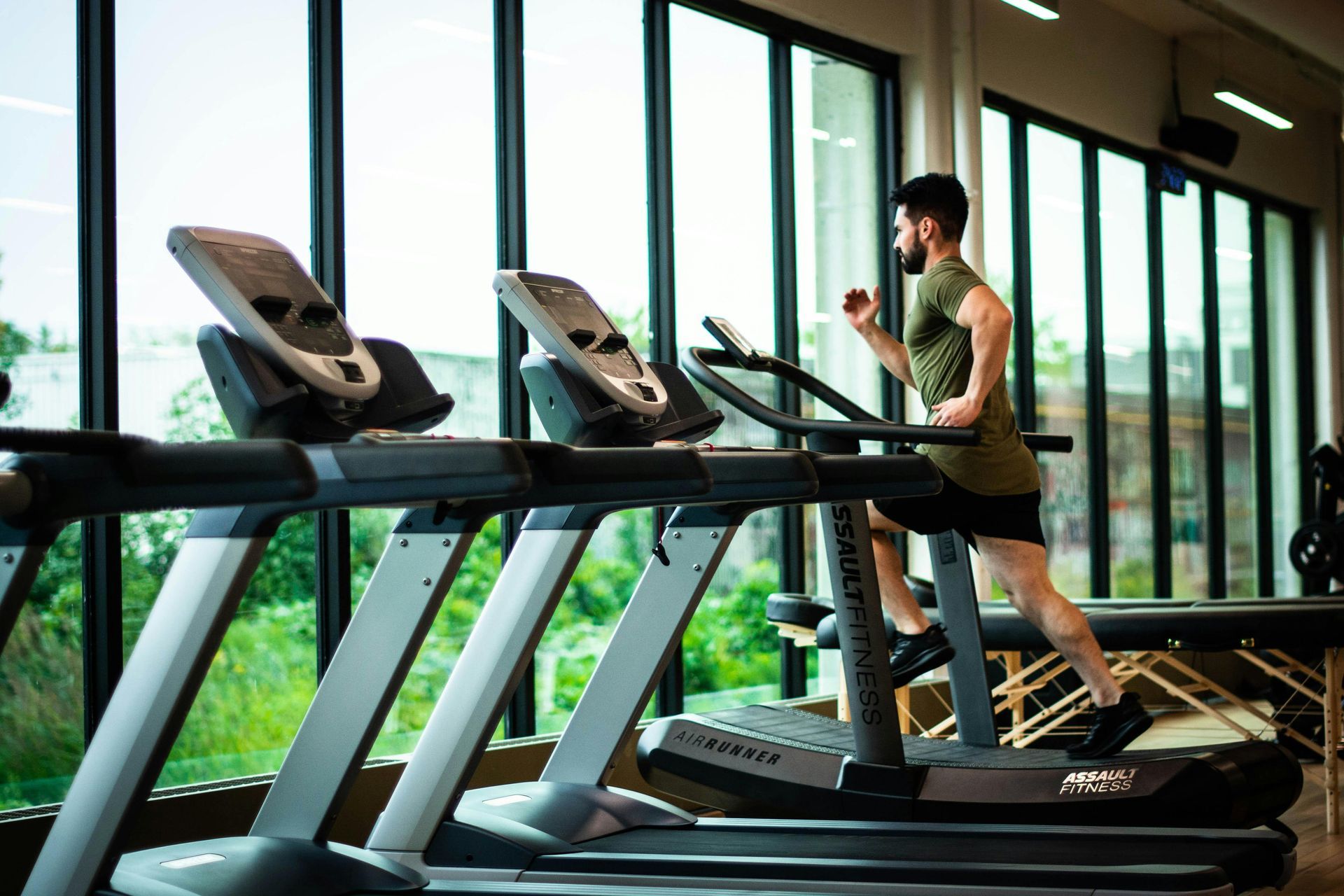
Benefits of Pose Running
1. Injury Prevention: By maintaining proper alignment and using gravity to your advantage, you can reduce the risk of injuries related to overuse and poor form.
2. Improved Efficiency: The Pose Running technique helps you conserve energy, allowing you to run longer distances without fatigue.
3. Better Speed: As you become more efficient in your running form, you may notice improvements in your speed and performance.
4. Enhanced Awareness: Practicing Pose Running encourages mindfulness and body awareness, allowing you to better understand your movements and how to adjust them for optimal performance.
How to Get Started with Pose Running
1. Practice the Pose
Start by standing on one leg and finding your balance. Engage your core and maintain a straight posture. Hold this position for a few seconds, then switch legs. This exercise helps develop the balance needed for the technique.
2. Incorporate Drills
Incorporate drills into your routine that emphasize falling and pulling. For example:
- Falling Drills: Stand on one leg and lean forward, letting your body fall while maintaining balance on the grounded leg. Alternate legs to practice.
- Pulling Drills: Stand tall and practice the pulling motion by lifting your heel towards your glutes. Focus on maintaining your balance.
3. Gradual Transition
When transitioning to Pose Running, start with short distances. Focus on your form and gradually increase your pace and distance as you become more comfortable with the technique.
4. Listen to Your Body
As with any new technique, it’s essential to listen to your body. If you experience pain or discomfort, take a step back and reassess your form. Consider working with a coach or trainer who is familiar with the Pose Running technique for additional guidance.
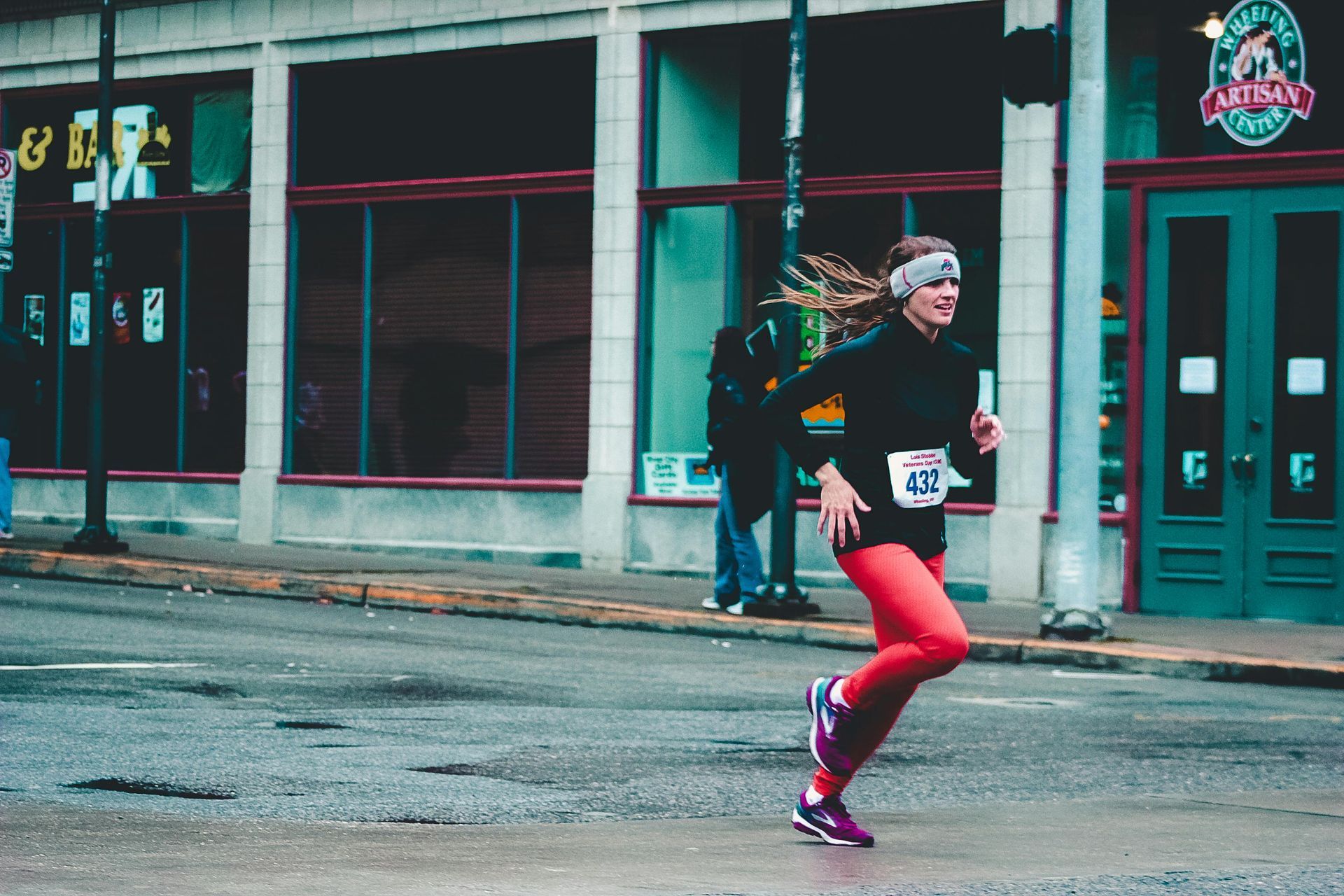
The Pose Running Technique offers a fresh perspective on running that can help you become a more efficient and injury-free runner. By focusing on body alignment, balance, and the mechanics of falling and pulling, you can improve your running performance and enjoyment. So why not give it a try? Start incorporating these principles into your next run and experience the benefits for yourself!
